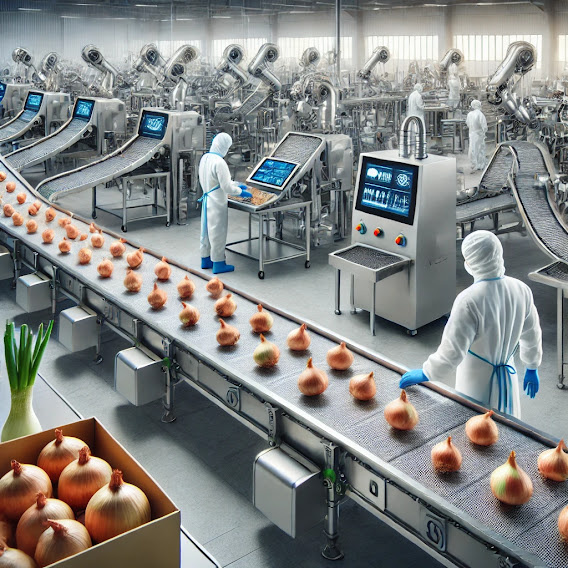In the coming 3-4 years, ICRA predicts that capital expenditure for electric vehicle components will surpass Rs. 25,000 crore.
Fueled by governmental support through subsidies, increased awareness, and a surge in product launches, India's electric vehicle (EV) sector has experienced a notable upswing in recent years. This upturn is attributed to various factors, including an expanding product range, developing charging infrastructure, improved financing options, and declining battery costs, all of which are expected to drive increased EV adoption across different segments in the foreseeable future. As of FY2024, EV penetration reached 4.7%, led primarily by electric two-wheelers (2Ws), although electric three-wheelers (e-3Ws) and electric buses have also made significant contributions.
Currently, only a fraction (around 30-40%) of the EV supply chain is localized in India. While some components like chassis parts are locally manufactured due to minimal technology requirements, others such as traction motors, control units, and battery management systems have witnessed substantial localization efforts over time. However, advanced chemistry batteries, constituting a significant portion (35-40%) of the vehicle cost, are still imported, presenting an opportunity for domestic auto component suppliers to enhance their manufacturing capabilities.
Shamsher Dewan, Senior Vice President and Group Head of Corporate Ratings at ICRA Limited, highlighted the absence of battery cell manufacturing in India, emphasizing the need for a domestic ecosystem to support EV battery production. ICRA forecasts the demand for EV batteries to grow significantly by 2025 and 2030, presenting challenges such as technological complexity, capital intensity, and raw material availability.
Anticipating a bright future, ICRA expects EVs to capture a substantial market share by 2030, with projections indicating around 25% of domestic 2W sales and 15% of passenger vehicle sales attributed to EVs. This translates to a robust market potential for EV components, with ICRA estimating the
Indian e-2W component market to surpass Rs. 1,00,000 crore and the e-passenger vehicle (e-PV) component market to exceed Rs. 50,000 crore by 2030. However, the actual growth for domestic auto component suppliers hinges on localization levels and value addition.
Investments in EV components are already underway, with auto ancillaries venturing into this space to capitalize on emerging opportunities. ICRA projects a significant capital expenditure of Rs. 25,000 crore for EV components over the next three to four years, with a substantial portion allocated towards battery cells. The Production-Linked Incentive (PLI) scheme, along with recent e-vehicle policies and state incentives, are expected to further accelerate investment in this sector.
While the transition to EVs will impact engine and drive transmission components, aftermarket demand may also be affected due to fewer moving parts in EVs. Nonetheless, opportunities in alternate applications, new product development, and export markets are likely to offset these impacts. Additionally, the transition to EVs is anticipated to be gradual, ensuring continued demand for Internal Combustion Engine (ICE) components in the medium term.





Comments
Post a Comment